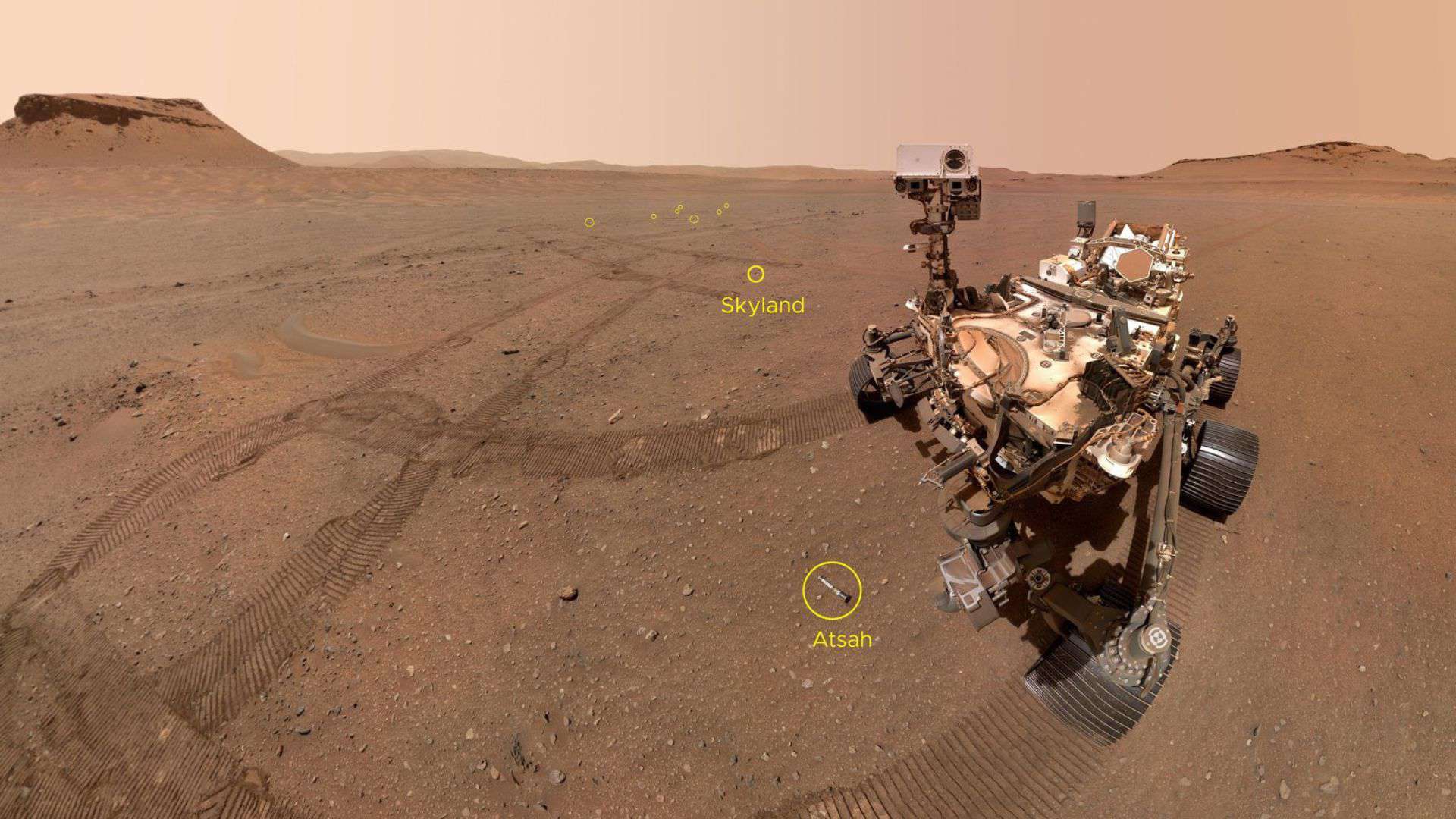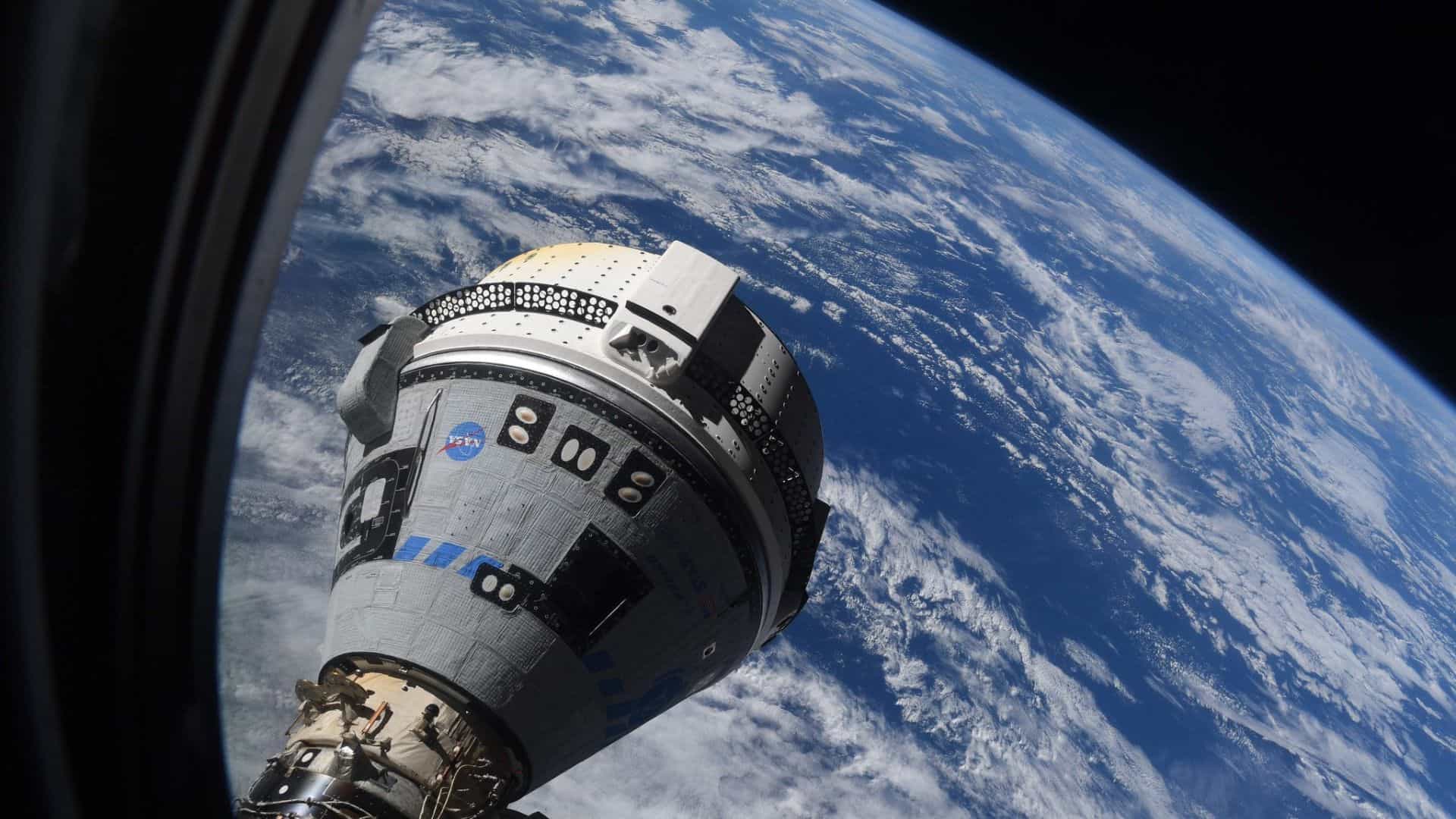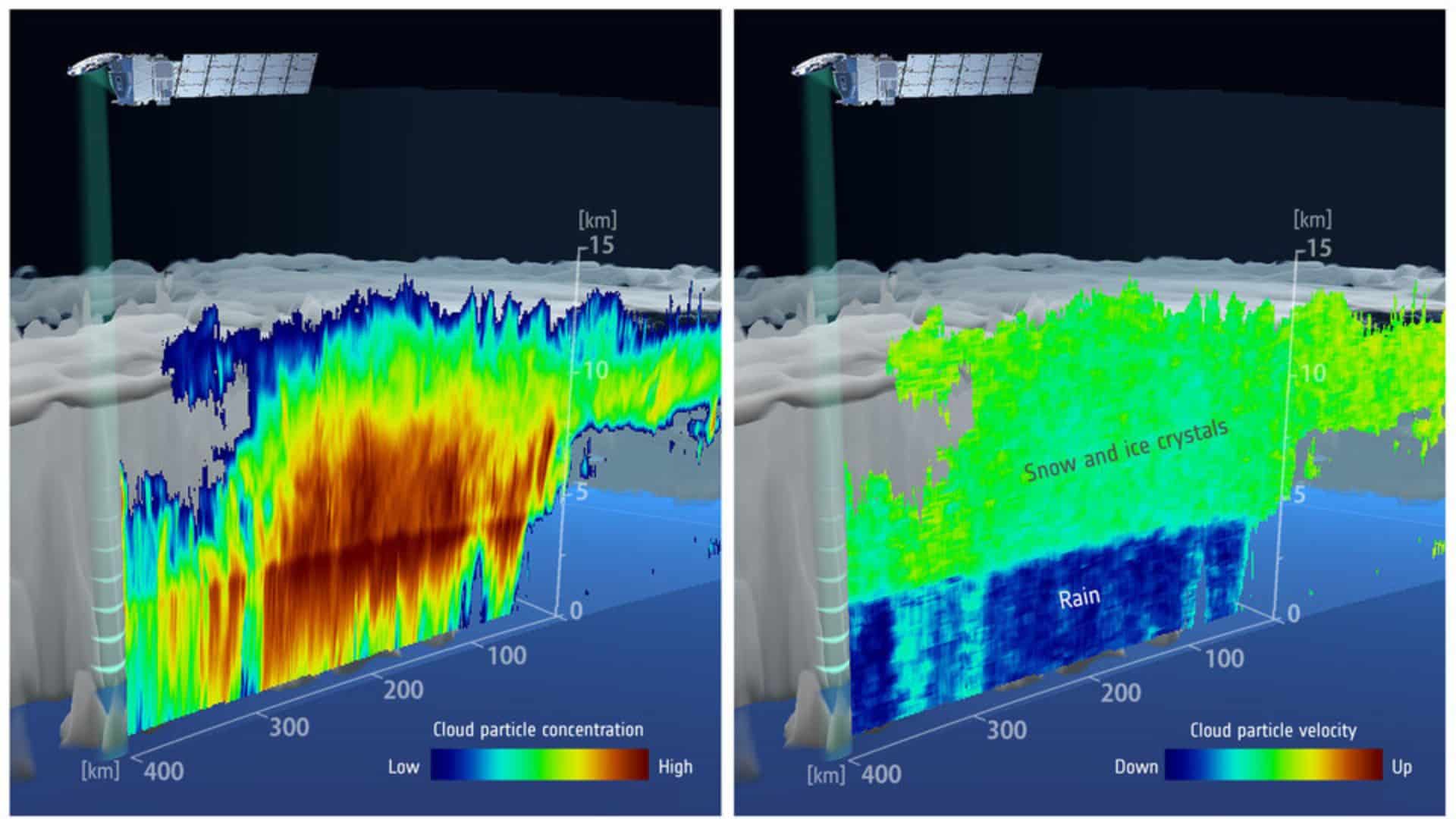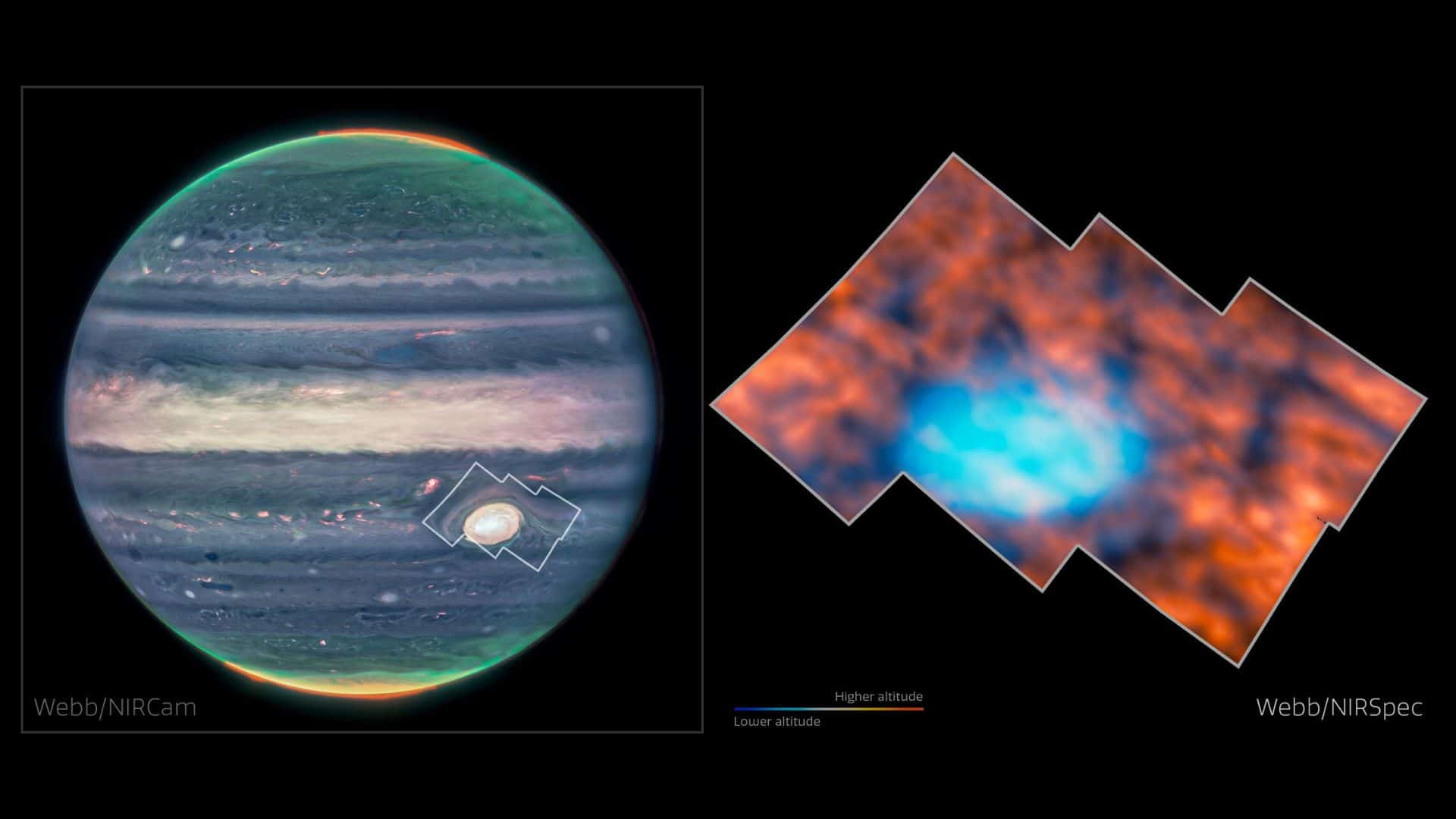
NASA has awarded contracts to seven private US firms to find more affordable and faster ways of bringing samples from Mars’ surface back to Earth.
Each of the private firms will be given up to $1.5 million to conduct 90-day studies to explore an alternative method.
Once completed, NASA will assess all studies to consider alterations or enhancements to the Mars Sample Return architecture, the national space agency said in a statement.
“Mars Sample Return will be one of the most complex missions NASA has undertaken, and it is critical that we carry it out more quickly, with less risk, and at a lower cost,” said NASA Administrator Bill Nelson.
NASA’s Perseverance rover, which has been operating on Mars since 2021, is collecting Mars samples.
These samples will help scientists understand the geological history of Mars, the evolution of its climate, prepare for future human explorers, and search for signs of ancient life.
NASA, in partnership with ESA (European Space Agency), aims to collect these samples and bring them back to Earth through the Mars Sample Return Mission.
However, the current sample return date of 2040 is so far off, and the current budget of $11 billion is too expensive. That’s why NASA has awarded contracts to private US companies to bring Mars samples quickly and cost-effectively.
The following seven companies and their proposals are selected among the industry proposers to find a new method to bring Mars samples:
— Lockheed Martin in Littleton, Colorado: “Lockheed Martin Rapid Mission Design Studies for Mars Sample Return”
— SpaceX in Hawthorne, California: “Enabling Mars Sample Return With Starship”
— Aerojet Rocketdyne in Huntsville, Alabama: “A High-Performance Liquid Mars Ascent Vehicle, Using Highly Reliable and Mature Propulsion Technologies, to Improve Program Affordability and Schedule”
— Blue Origin in Monrovia, California: “Leveraging Artemis for Mars Sample Return”
— Quantum Space, in Rockville, Maryland: “Quantum Anchor Leg Mars Sample Return Study”
— Northrop Grumman in Elkton, Maryland: “High TRL MAV Propulsion Trades and Concept Design for MSR Rapid Mission Design”
— Whittinghill Aerospace in Camarillo, California: “A Rapid Design Study for the MSR Single Stage Mars Ascent Vehicle”
Related article: NASA looking for a new plan to return Mars samples earlier
Please bookmark Spaceandtelescope.com or follow us on Facebook and Twitter to get latest space news, upcoming skywatching events and astronomy-related content.



